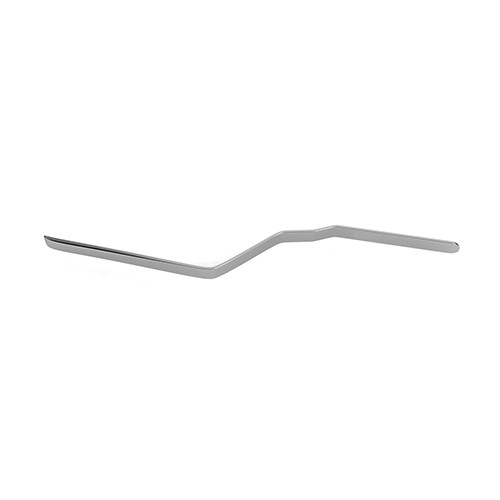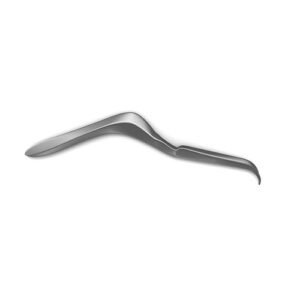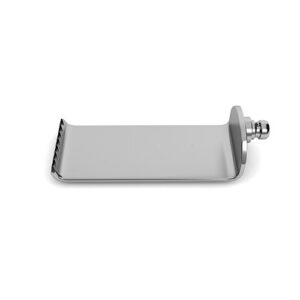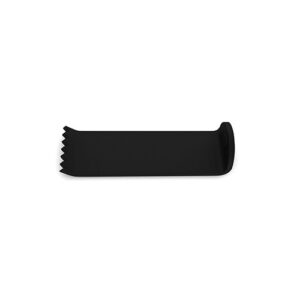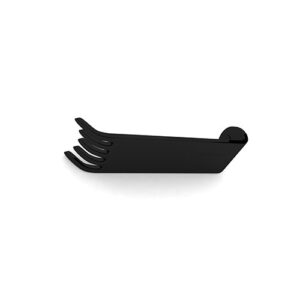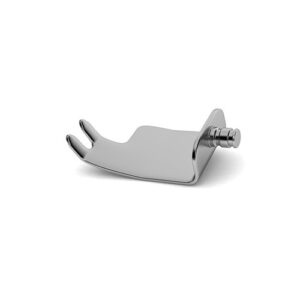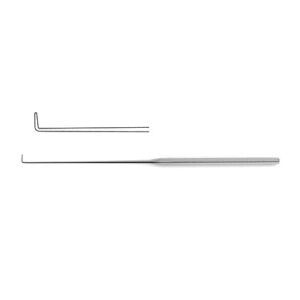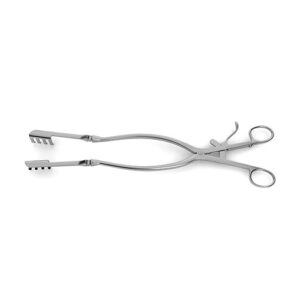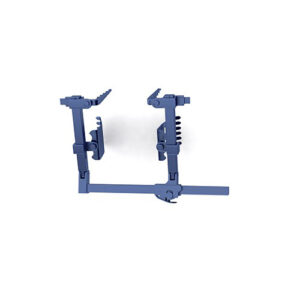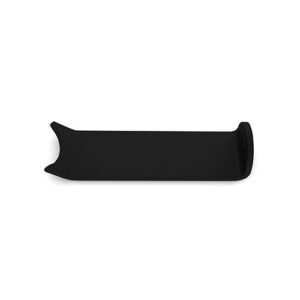| Name | Caspar Nerve Root Retractor |
| Lead Time | Lead time advised within 48 hours of order placement. |
| Specialty | Neuro, Ortho & Spine-Retractors |
| Material Finish | Stainless Steel |
| Grade | Premium Operating Room |
| Units of Measurement | Each |
| Manufacturer | seemab surgical |
| Sterility | Non-Sterile |
| Usage | Reusable |
Caspar Nerve Root Retractor
9-1/2″ (24.0 cm)?Caspar Nerve Root Retractor is an instrument specially made for use in neurosurgical procedures. More specifically this is used in nerve root retraction in procedures such as lumbar discectomy. The retractor blade comes in a variety of widths including: 6.0 mm, 8.0 mm and 10.0 mm making it a highly versatile retractor that can apply a varied amount of pressure depending on the circumstance.
SKU:
VI-01-1013
Category: Hooks & Retractors
Description
Shipping & Delivery
Related products
Carbon Fiber Radiolucent Lateral Blade
ball snap closure, w/ teeth?Carbon Fiber Radiolucent Lateral Blade is an added component to be used alongside the cervical retractor for general purpose soft tissue retraction. All six blades are made from stainless steel and a ball snap closure making them a tight fit. Each blade also features teeth giving them added hold in retraction. They are available in variety of sizes making it possible to find a suitable blade for soft tissue retraction in a number of neurosurgical scenarios and approaches to the spinal cord. Additionally this instrument is radiolucent which allows it to be left in place during x-ray and can be seen through.
Carbon Fiber Radiolucent Medial Blade
ball snap closure, w/ teeth?Carbon Fiber Radiolucent Medial Blade is an added component to be used alongside the cervical retractor for general purpose soft tissue retraction. All six blades are made from stainless steel and a ball snap closure making them a tight fit. Each blade also features teeth giving them added hold in retraction. They are available in variety of sizes making it possible to find a suitable blade for soft tissue retraction in a number of neurosurgical scenarios and approaches to the spinal cord. Additionally this instrument is radiolucent which allows it to be left in place during x-ray and can be seen through.
Cervical Retractor Fenestrated Blade
stainless steel, ball snap closure, bluntCervical Retractor Fenestrated Blade is an added component to be used alongside the cervical retractor for general purpose soft tissue retraction. Both blades are made from stainless steel and a ball snap closure making them a tight fit. Each blade also features a blunt edge to prevent trauma and tearing during retraction and the fenestrations increase the surface area over which the pressure is distributed. They are available in variety of sizes and curvatures making it possible to find a suitable blade for soft tissue retraction in a number of neurosurgical scenarios and approaches to the spinal cord.
Crile Nerve Hook
7.0 mm blunt, 8" (20.0 cm)?Crile Nerve Hook is specially designed for use in neurosurgical procedures that require retraction and maneuvering of nerve and other delicate tissue. This hook features a long slim handle from which extends a narrower neck that at the end has a turn in it that forms an L-shaped hook. This hook features a blunt tip to prevent snagging or tearing of surrounding structures during exploration or retraction.
Beckmann-Adson Laminectomy Retractor
hinged arms, 4x4 prongs, 12-1/8" (31.0 cm)Beckmann-Adson Laminectomy Retractor is a specialized instrument made for use in neurosurgical procedures, specifically those pertaining to the spine. This retractor has a long and slim design and features hinged arms from which 4x4 prongs extend. During laminectomy these prongs can be used to retract soft tissue and muscle layers form directly above the vertebral lamina and the ratcheting mechanism can hold the soft tissue out of way. Additionally this instrument is available in two widths 25.0 mm and 44.0 mm as well as in either sharp or blunt to accommodate a variety of surgical approaches.
Caspar-Type Titanium Spinal Spreading System
suitable for dorsal access to the spinal column, interchangeable blades, curved blades allow larger operative area, reduced shadowing during x-ray, unilateral & bilateral access to lamina, lightweight, corrosion resistant titanium?Casper Type Titanium Spinal Spreading System a set of instruments and components that is specifically designed for retraction and spreading in orthopedic neurosurgical procedures. This instrument is suitable for dorsal access to the spinal column. It features interchangeable blades which have a slight curvature that allows for a larger operative area and reduce shadowing during x-ray. It allows for unilateral and bilateral access to lamina and is formed from a lightweight, corrosion resistant titanium. It is available as the frame only, blade support with closure, blade supporting with adjustable screw or as a complete set.
Carbon Fiber Radiolucent Longitudinal Blade
ball snap closure, blunt? Carbon Fiber Radiolucent Longitudinal Blade is an added component to be used alongside the cervical retractor for general purpose soft tissue retraction. All six blades are made from stainless steel and a ball snap closure making them a tight fit. Each blade also features a blunt edge preventing any excess tearing or trauma in retraction. They are available in variety of sizes making it possible to find a suitable blade for soft tissue retraction in a number of neurosurgical scenarios and approaches to the spinal cord. Additionally this instrument is radiolucent which allows it to be left in place during x-ray and can be seen through.
Cervical Retractor Lateral Blade
stainless steel, ball snap closure, w/ teeth?Cervical Retractor Lateral Blade is an added component to be used alongside the cervical retractor for medial retraction. All five blades are made from stainless steel and a ball snap closure making them a tight fit. Each blade also features teeth that are variety in their size and curvature making it possible to find a suitable blade for soft tissue retraction in a number of neurosurgical scenarios and approaches to the spinal cord.

